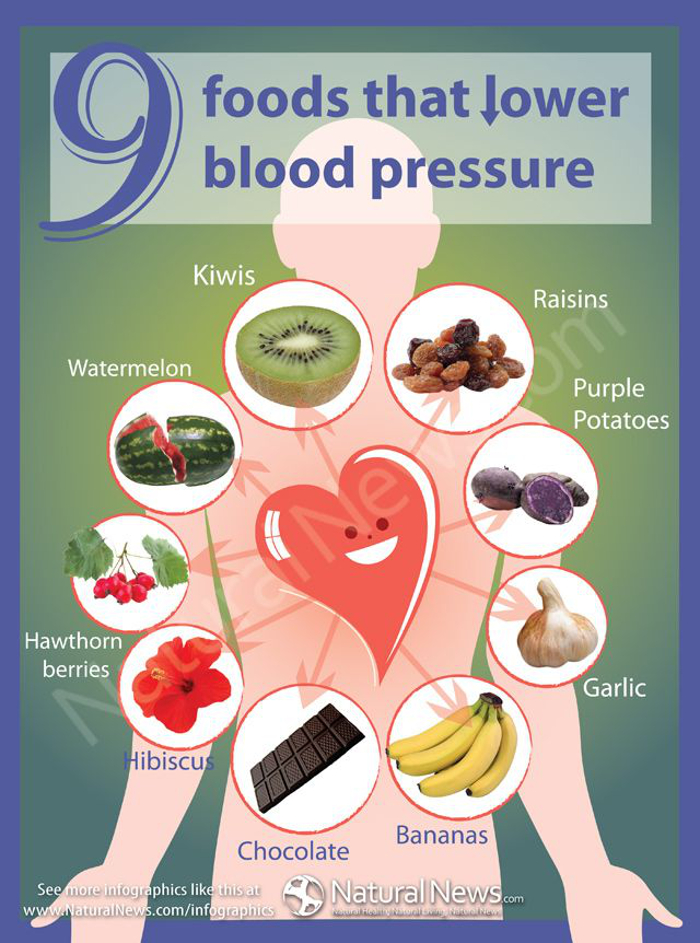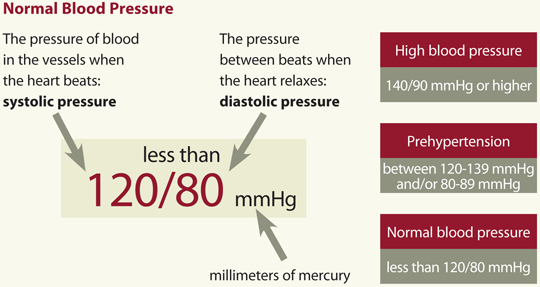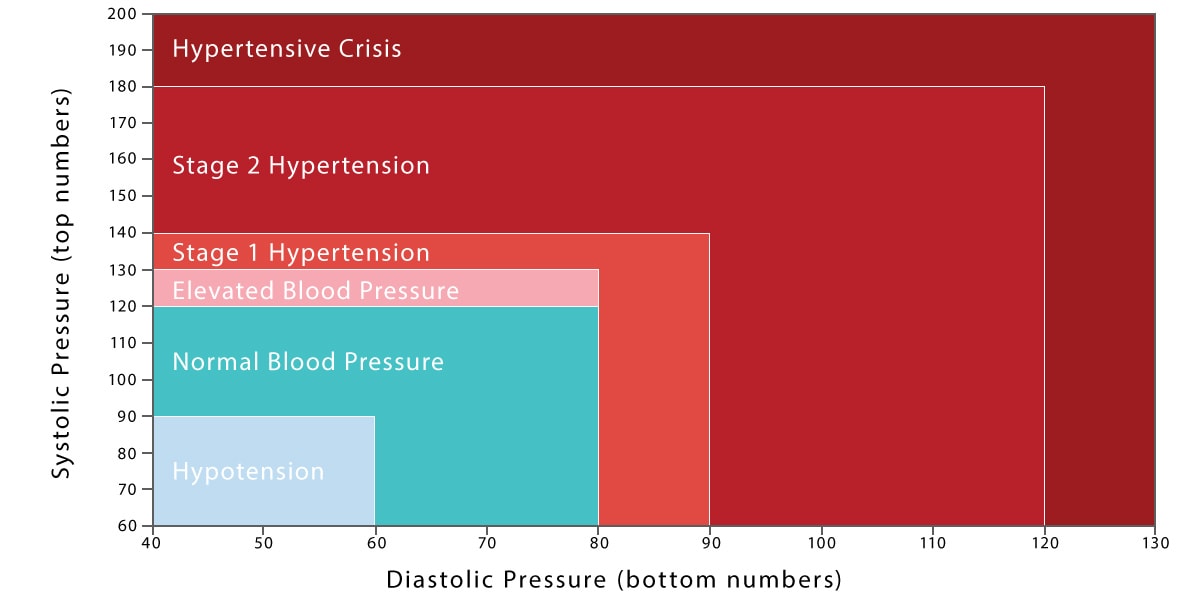

Links to other sites are provided for information only - they do not constitute endorsements of those other sites. A licensed physician should be consulted for diagnosis and treatment of any and all medical conditions. The information provided herein should not be used during any medical emergency or for the diagnosis or treatment of any medical condition. This site complies with the HONcode standard for trustworthy health information: verify here. Learn more about A.D.A.M.'s editorial policy editorial process and privacy policy.

is among the first to achieve this important distinction for online health information and services. follows rigorous standards of quality and accountability. is accredited by URAC, for Health Content Provider (URAC's accreditation program is an independent audit to verify that A.D.A.M. It is normal for these numbers to vary.Ī.D.A.M., Inc. The average blood pressure in a child 1 month through 2 years old is 95/58. The average blood pressure in a newborn is 64/41.

High blood pressure in infants may be due to kidney or heart disease that is present at birth (congenital). The health of the heart and blood vessels.Several factors affect blood pressure, including: One or both of these numbers can be too high. The second (bottom) number is the diastolic pressure, which measures the pressure in the arteries when the heart is at rest.īlood pressure measurements are written this way: 120/80.The first (top) number is the systolic blood pressure, which measures the force of blood released when the heart beats.There are two numbers in each blood pressure measurement: Blood pressure measures how hard the heart is working, and how healthy the arteries are.


 0 kommentar(er)
0 kommentar(er)
